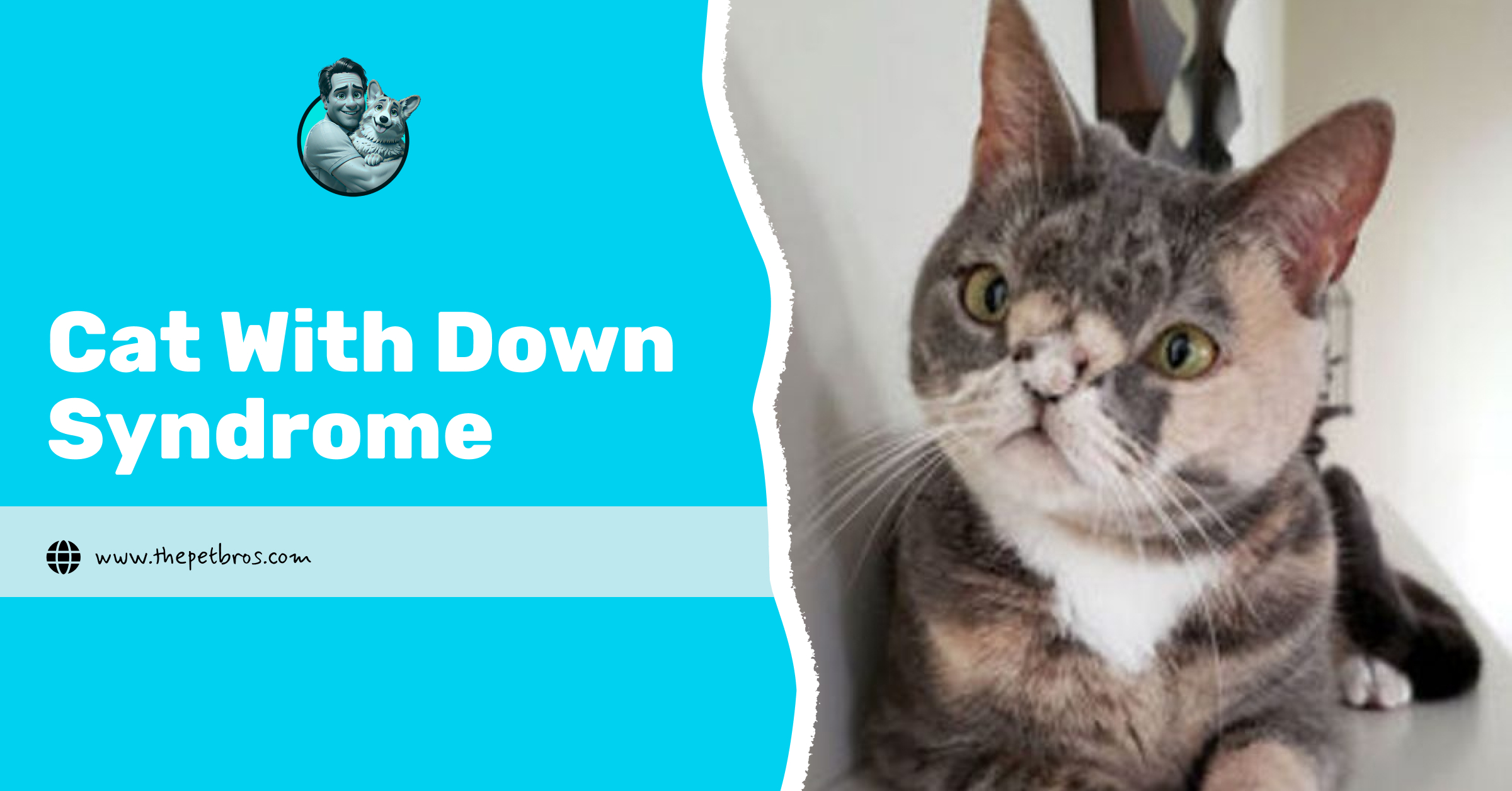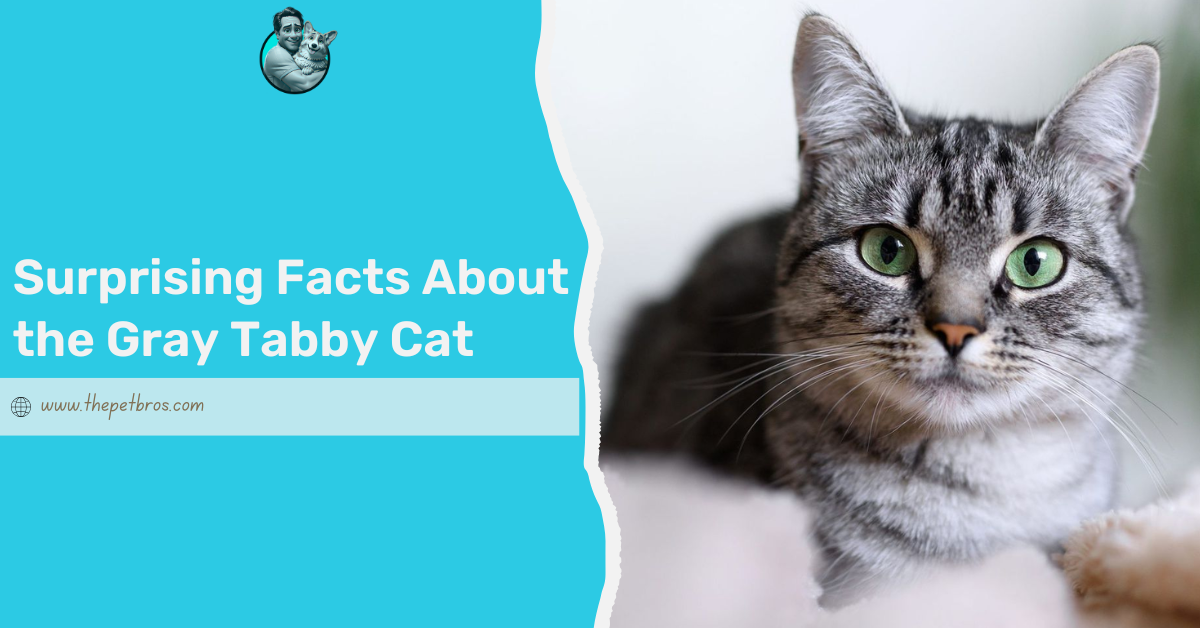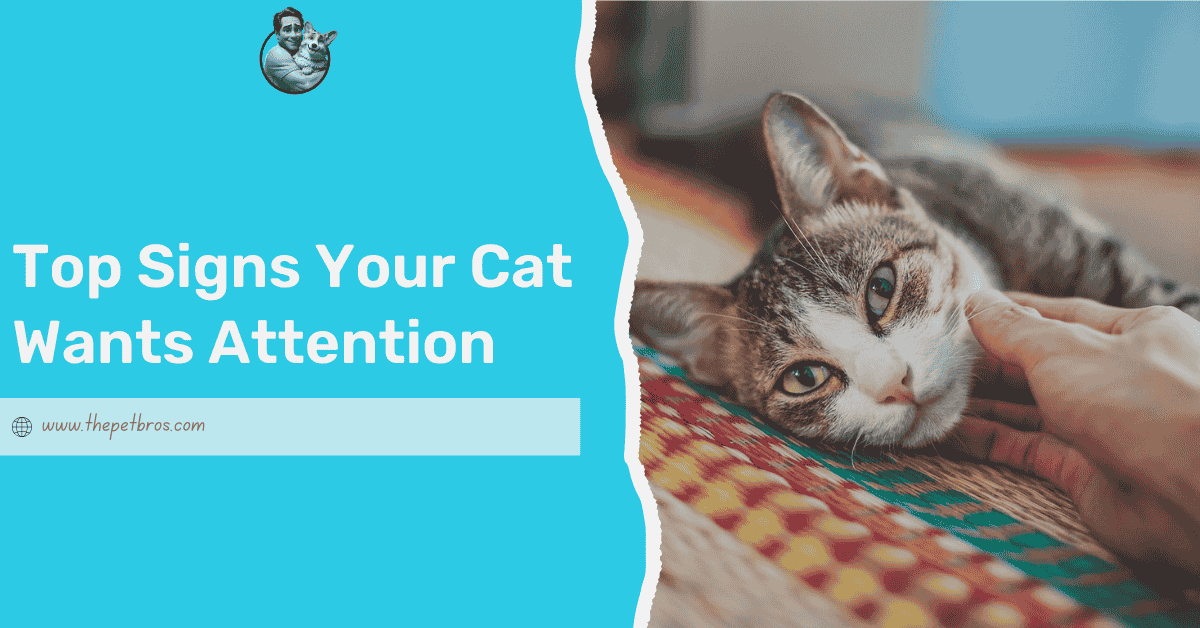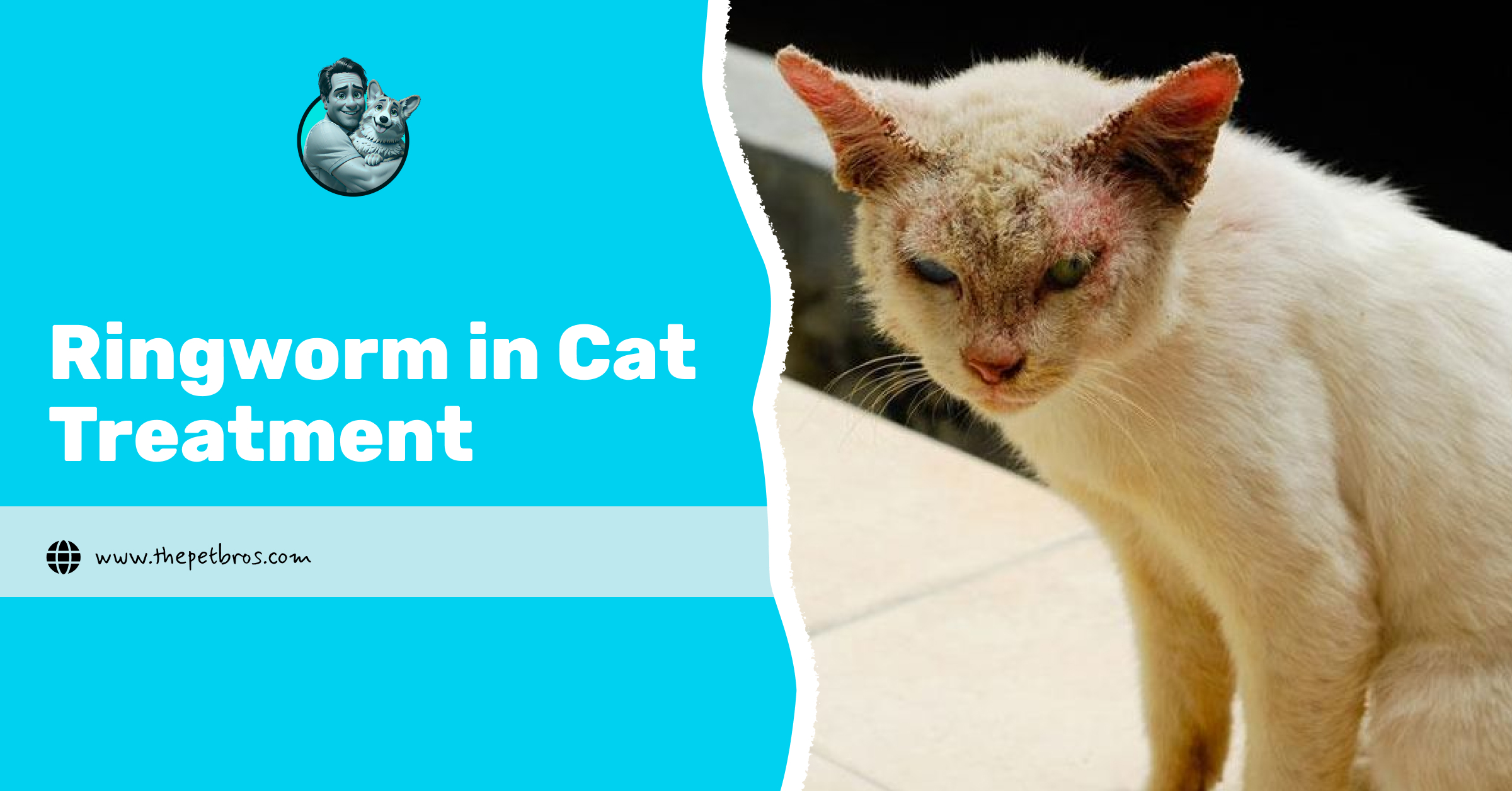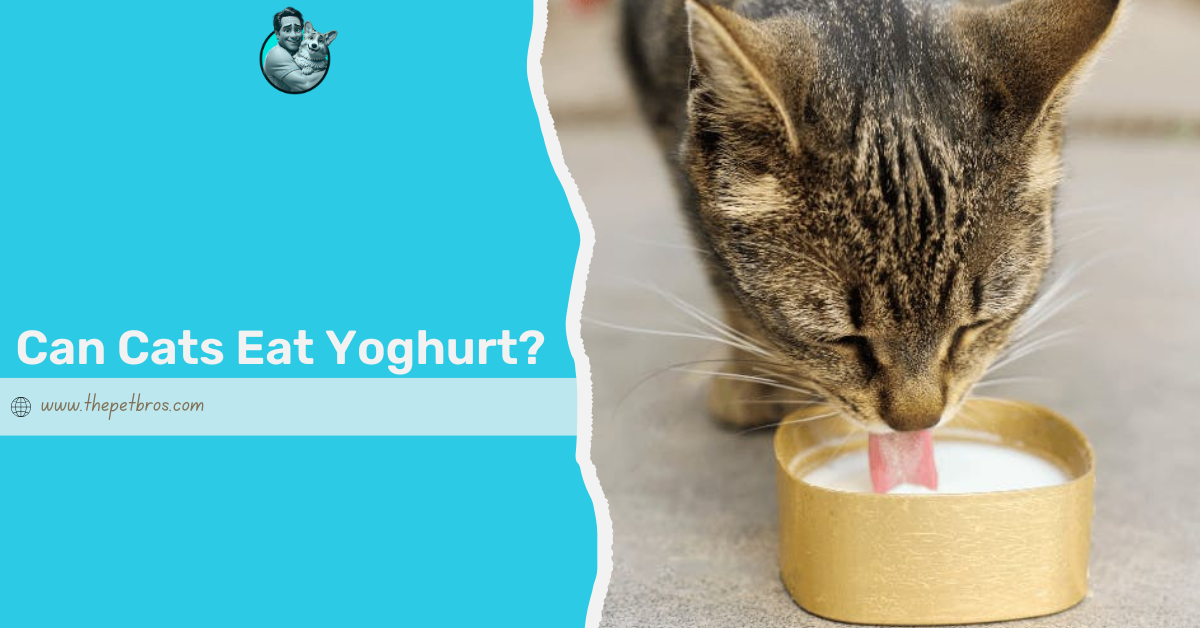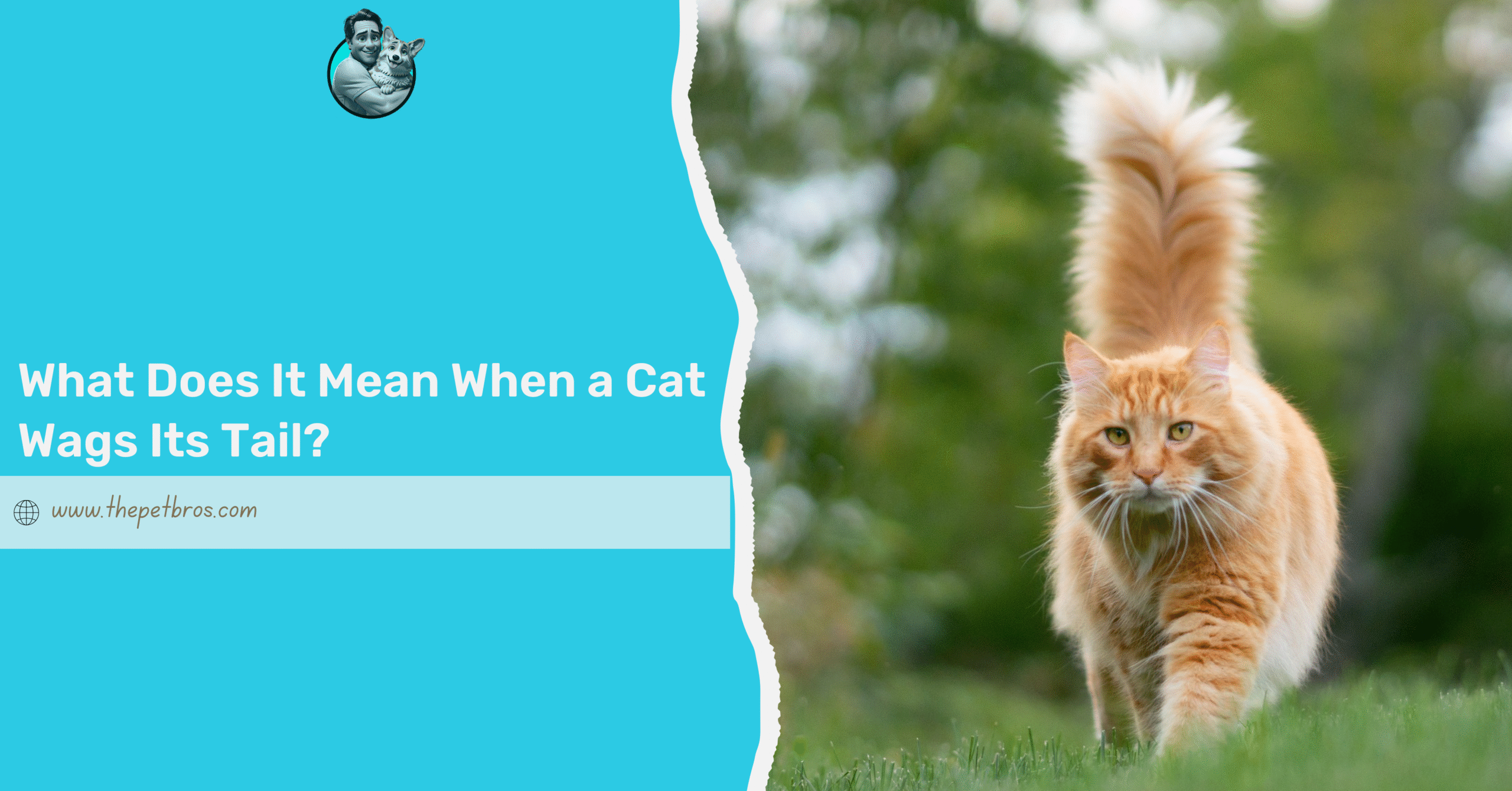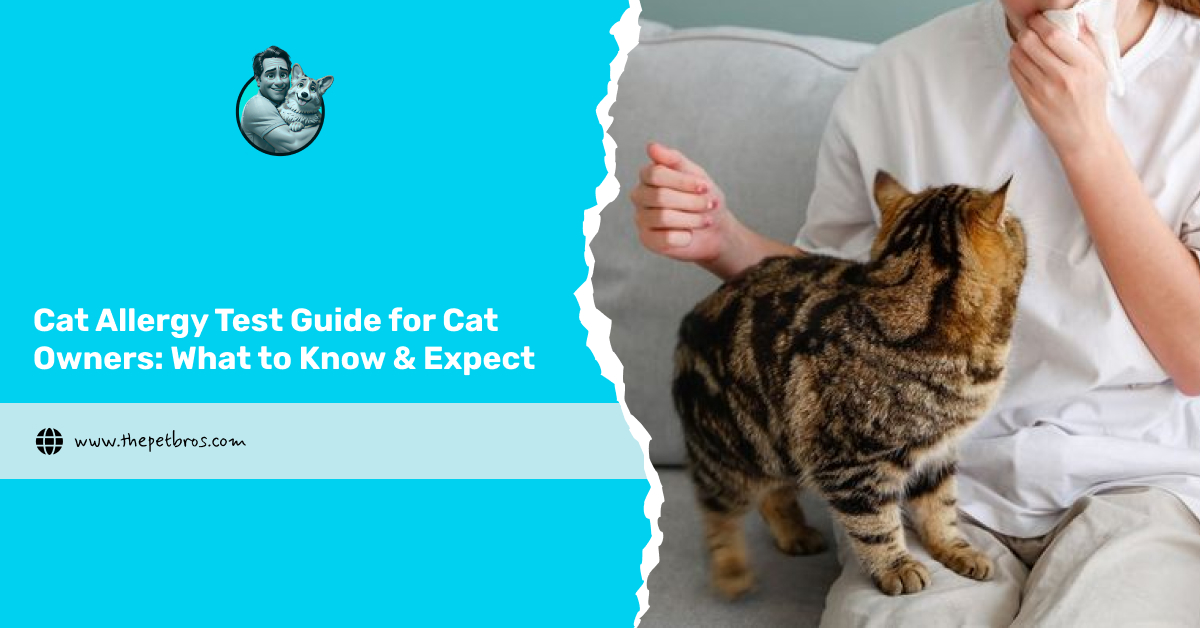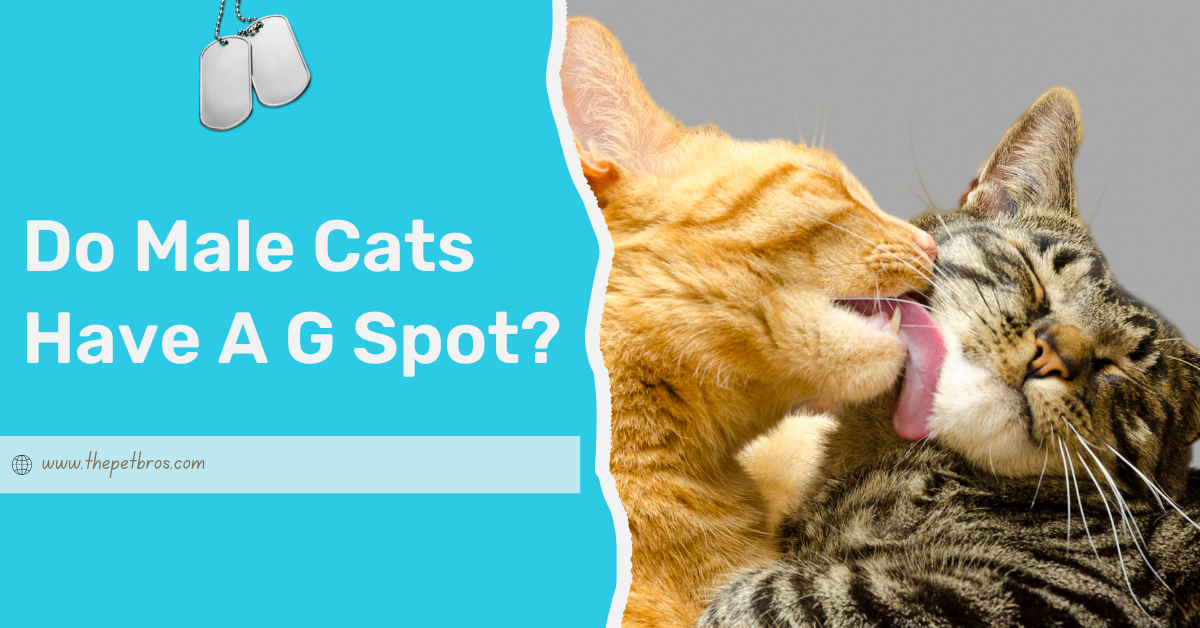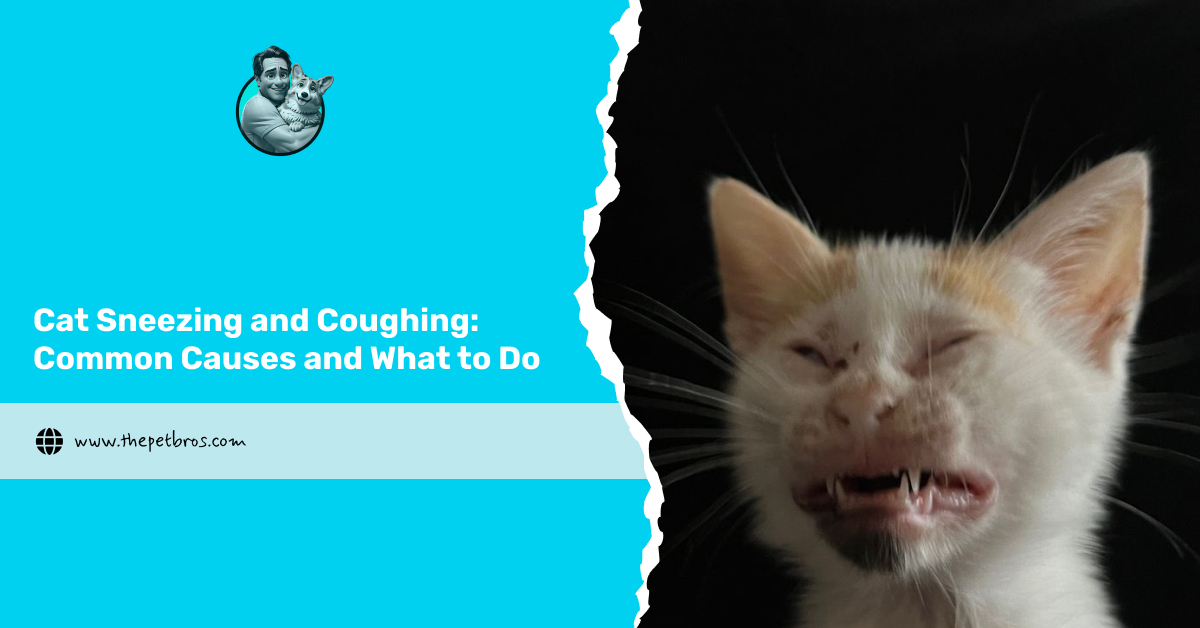You might have come across a viral TikTok video or even a Reddit thread about a cat with Down syndrome. Their big, round eyes, quirky expressions, and clumsy walks often capture hearts, leaving many pet lovers wondering if Down syndrome is really a thing in cats. After all, it is easy to look at a unique kitty and think, “Ah, that must be it!”
Here’s the truth. Cats cannot technically have Down syndrome the way humans do, since the condition is tied to human chromosomes. What we often see are cats with special health conditions or genetic differences that make them look or act in ways that resemble Down syndrome traits. That means the term cat with Down syndrome is more of a label people use than an actual diagnosis.
But that does not make these cats any less fascinating or lovable. In fact, understanding what is really going on can help us give them the best possible care. So let’s unravel the mystery of the so-called cat with Down syndrome.
Can Cats Have Down Syndrome?
You might have seen a picture of a cat with big, round eyes, a flat little nose, or clumsily following you around and thought, “That must be Down syndrome in cats.” It is an easy assumption to make because the traits resemble those associated with the condition in humans. But here is the truth: cats cannot actually have Down syndrome.
The reason is simple. Down syndrome happens in humans when there is an extra copy of chromosome 21, and cats do not even have that chromosome. Their genetic makeup is completely different, which means they cannot technically develop the condition. So why do people online call them “Down syndrome cats”? Usually, it is because a cat has a unique health issue or genetic difference that makes them look or behave in unusual ways.
For example, certain symptoms can give the impression of a cat with Down syndrome. What we are really seeing is a combination of other conditions or traits that resemble it, not the condition itself. Understanding this difference matters because it helps us to attentively care for these cats properly rather than relying on internet labels.
5 Symptoms of Cats That Look Like Down Syndrome
When people talk about a “cat with Down syndrome,” they are usually noticing certain signs that make a kitty stand out. These signs are not always harmful, but they can give the impression that something unusual is going on.
- Unusual facial features are often the first thing people notice. A cat may have wide-set eyes, a flat little nose, or smaller ears that make them look different from the average feline.
- Poor coordination can also be a symptom. Some cats wobble when they walk, appear clumsy when they try to jump, or move in a way that seems unsteady.
- Hearing or vision difficulties sometimes contribute to the impression. A cat might ignore sounds, bump into objects, or show hesitation when navigating around the house.
- Developmental delays or unusual behaviours are another sign. A kitten may take longer to learn basic skills or act in quirky ways that seem unlike other cats.
- Differences in growth and body structure can also be seen. Some cats grow smaller or larger than expected, or have proportions that make them appear unique.
Together, these traits often make people think they are seeing a cat with Down syndrome, but the truth is usually a different underlying condition.
5 Causes of Down Syndrome-Like Traits in Cats
If you have ever looked at a cat with unusual features and thought it might have down syndrome, the explanation usually lies in something else entirely. There are a few different causes behind these special traits, and understanding them can make a big difference in how we care for these cats.
- Genetic mutations are one possible cause. Just like in people, cats can develop little quirks in their DNA that change how they look or behave.
- Congenital conditions, which are health issues a kitten is born with, may also explain why a cat seems different. These can affect the way they grow, move, or even respond to the world around them.
- Infections during pregnancy can sometimes interfere with a kitten’s development. A mother cat who becomes unwell while expecting may pass on health challenges to her litter.
- Environmental factors, such as poor nutrition early in life, can play a role too. Kittens that do not get enough essential nutrients when they are very young may show developmental differences later on.
- Breeding-related complications are another possibility. Cats bred without careful health considerations can pass along traits that appear unusual or mimic Down syndrome-like features.
So while a cat with Down syndrome is not a real medical diagnosis, there are plenty of reasons why a cat might look or act in a way that makes people think of it.
How Vets Diagnose Cats with Down Syndrome-Like Traits
When a cat shows unusual features or behaviours, many people rush to the internet and assume it must be a cat with Down syndrome. But vets take a much more careful approach to figure out what is really happening.
First, they start with a full physical examination. This helps them spot any differences in facial features, body structure, or coordination. Second, neurological testing may be carried out. These tests show whether the cat’s wobbly walk or clumsy jumps come from a deeper issue in the nervous system.
Third, blood work and sometimes genetic testing can provide clues about underlying conditions. This is one of the best ways to rule out or confirm whether the cat has a genetic abnormality. In some cases, vets also use imaging scans, like X-rays or ultrasounds, to check for developmental differences that cannot be seen on the outside.
The most important point is that professional diagnosis matters. While the internet loves to give a quirky cat a label, only a vet can confirm what is really going on and guide you on how to give your cat the best care.
Treatment and Management Options
Cats that show Down syndrome-like traits cannot be cured, but their quality of life can be greatly improved with proper care. The focus is always on comfort and support rather than a complete fix.
Nutrition plays a big role. Special diets or supplements can help cats who have trouble gaining weight, digesting food, or staying strong. A vet may recommend food that is easier to chew or packed with extra nutrients.
Medication can also make a difference, especially if the cat struggles with neurological issues, breathing problems, or frequent infections. These treatments are not one-size-fits-all, so vets usually adjust them based on the cat’s individual needs.
Some cats benefit from physical therapy or mobility aids. Gentle exercises, ramps, or soft bedding can reduce strain on weak muscles and joints, helping them move more comfortably. Finally, regular vet visits are essential. These check-ups track progress, catch problems early, and ensure that the cat continues to live as happily and healthily as possible.
Daily Care for Cats with Special Needs
Living with a cat that has Down syndrome-like traits means adjusting daily routines to fit their unique needs. These cats thrive in environments that are calm, predictable, and safe. Loud noises or sudden changes can easily overwhelm them, so creating a peaceful atmosphere helps reduce stress and anxiety. A quiet corner with soft bedding can quickly become their favourite retreat.
Litter box adaptations can also make life easier. A low-sided box or one with gentle access can help cats that struggle with mobility or balance issues. Small changes like these prevent accidents and encourage independence.
Grooming and hygiene may require extra attention, too. Some cats cannot keep themselves as clean as others, so gentle brushing and occasional help with washing are important for their comfort and health. This daily care routine also strengthens the bond between cat and owner.
Patience is perhaps the most important ingredient. Cats with special needs often display unusual behaviours that might seem odd or unexpected. Meeting these quirks with kindness rather than frustration makes a huge difference. Adding gentle play and enrichment activities, such as puzzle feeders or safe interactive toys, can also stimulate their minds and keep them happy.
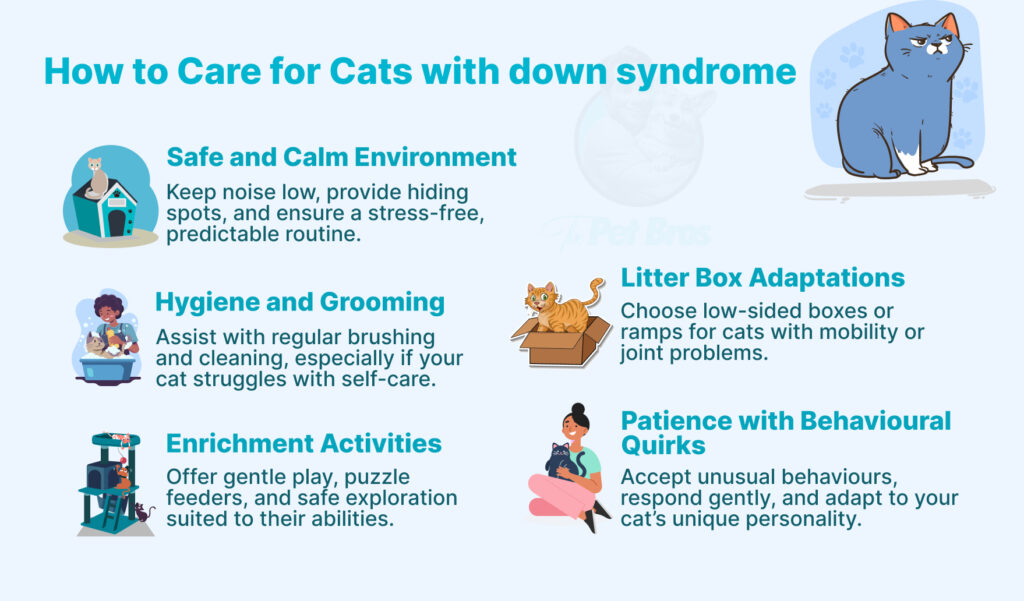
Myths and Misconceptions about Cats with Down Syndrome
The internet has played a big role in spreading the idea of cats with Down syndrome. Viral TikTok videos and Reddit threads often showcase cats with unique faces or behaviours, and people quickly label them as “Down syndrome cats.” While these stories are heartwarming, they are not medically accurate. Cats simply cannot develop Down syndrome in the same way humans do because their chromosomes are different.
Another common misconception is that any cat with wide-set eyes, a flat nose, or a clumsy walk must have Down syndrome. In reality, those traits may come from other genetic conditions, birth defects, or health issues that mimic the appearance. Mislabeling these cats can lead to confusion and misinformation.
Understanding the truth matters. When people spread myths, it can distract from the real needs of these cats. They are not defined by an internet label but by the care, patience, and love they receive. Accurate knowledge helps owners support their pets properly, making sure they live comfortable and fulfilling lives.
Conclusion
So, can a cat really have Down syndrome? Not quite. What we see instead are cats with their own special mix of traits that make them wonderfully unique. Some wobble a little, some have the quirkiest faces, and others just march to the beat of their own drum. And honestly, isn’t that what makes cats so magical? With patience, love, and proper care, these one-of-a-kind kitties can live full, happy lives while keeping us smiling every single day.
Frequently Asked Questions
Can cats have autism or Down syndrome?
Cats cannot develop autism or Down syndrome, though unusual behaviours may resemble those traits.
What is the life expectancy of a cat with Down syndrome?
Life expectancy varies, but with proper care, affected cats often live fairly normal lifespans.
What breed of cat looks like it has Down syndrome?
No specific breed, but some cats with genetic abnormalities may show Down syndrome-like appearances.
How to tell if a cat is special or has autism?
Watch for unusual behaviours like poor coordination, odd vocalisations, or difficulty with social interactions.
What are the behaviours of a Down syndrome cat?
They may show clumsiness, unusual facial features, delayed development, and quirky, unpredictable personality traits.
What mental illnesses can cats have?
Cats can develop anxiety, depression, compulsive behaviours, and stress-related conditions affecting overall well-being.






